Checking the washing machine tachometer
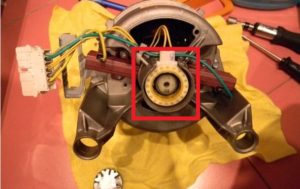 The Hall sensor is responsible for uninterrupted communication between the engine and the control system. This miniature part with wiring controls the speed gained and speeds up or slows down the drum. And as soon as the machine suddenly slows down, does not stop, or at the end of the cycle “produces” absolutely wet clothes, then it’s time to check the tachometer of the washing machine. All that remains is to find the part and test it for functionality according to all the rules.
The Hall sensor is responsible for uninterrupted communication between the engine and the control system. This miniature part with wiring controls the speed gained and speeds up or slows down the drum. And as soon as the machine suddenly slows down, does not stop, or at the end of the cycle “produces” absolutely wet clothes, then it’s time to check the tachometer of the washing machine. All that remains is to find the part and test it for functionality according to all the rules.
Signs of sensor failure
More often, the need to check the Hall sensor arises due to malfunctions in the operation of the washing machine. Being one of the most important elements of the system, a faulty tachogenerator immediately signals problems with speed control. So, you can suspect a problem with the spinning of the drum based on the following distinctive signs:
- the automatic machine abruptly changes the speed mode, sometimes accelerating, sometimes slowing down, regardless of the stage of the cycle;
- the speed gained is several times higher than the mark set by the user or the system (often even exceeds the maximum permissible value);
- the drum does not spin up to the required speed or does not rotate at all;
- items have not been wrung out or washed.
It is necessary to exclude a temporary system failure or accidental shutdown of the spin cycle, for which we turn off the washing machine and after 20 minutes start the standard cycle.
These are only the initial stages of operation of a machine with a failed tachogenerator. Next, the washer will refuse to start the cycle and display a corresponding error on the display. In the worst case, the motor will burn out. We cannot delay solving the problem, so at the first suspicion of a faulty Hall sensor, we begin checking.
Where to look for the part?
Before proceeding directly to checking the sensor, you need to find it. This is not difficult to do, because on all models and brands of washing machines it is located in the same place - on the rotating motor shaft. To get to the latter, you will have to partially disassemble the machine: remove the back panel of the machine body and remove the drive belt.
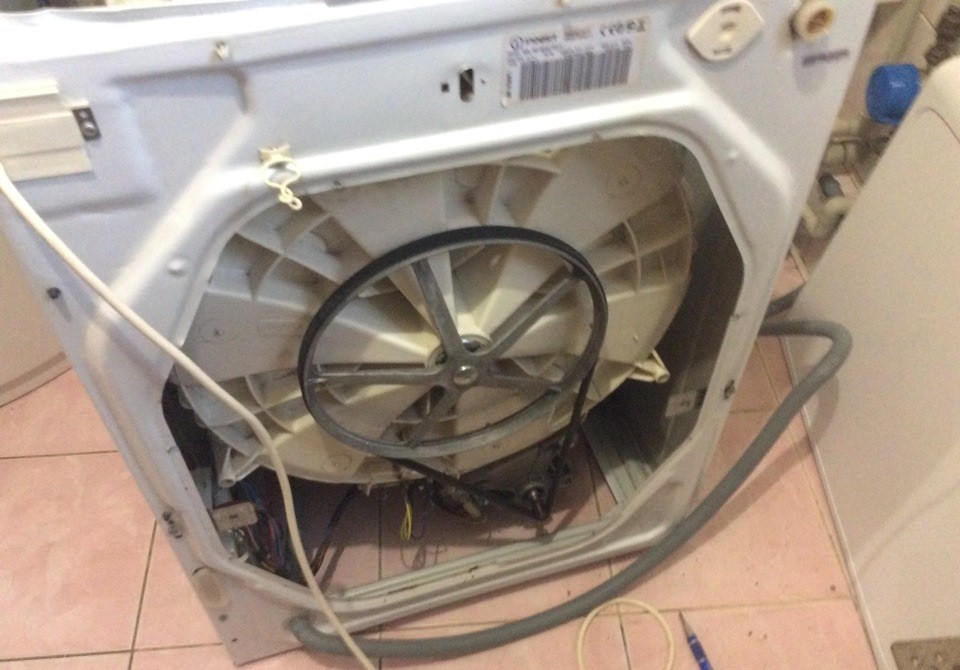
Before any manipulation, turn off the power to the machine and turn off the water supply tap.
Next is the engine's turn. We are looking for a small iron ring on the shaft - this is the tachogenerator. You can’t unhook it right away; you need to remove the entire motor. Electrical installation experience is important here: if you don’t have it, it’s better to entrust service work to a qualified specialist. You should not experiment with the “stuffing” of the washing machine - there is a high probability of aggravating the situation and bringing the unit to the point of no return or expensive repairs.
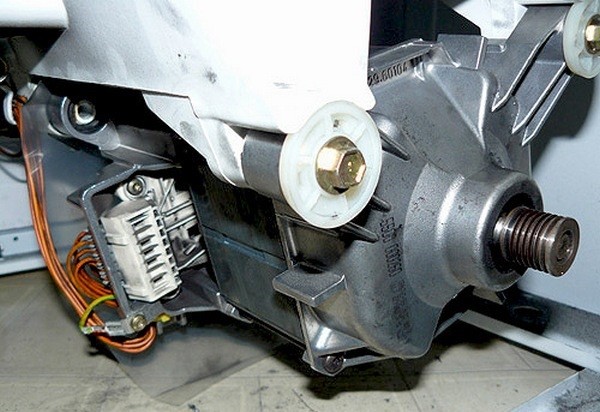
Checking the sensor
If you decide to remove the motor and check the Hall sensor yourself, then we act strictly according to the instructions. But first, we mark the wiring connected to the electric motor or photograph everything with a camera. This will help avoid mistakes when reconnecting the engine. Next, we act as methodically as possible.
- Unscrew the bolts holding the engine.
- We loosen the engine to the sides, and then sharply pull it towards ourselves.
Be prepared for the motor to be very heavy.
- We inspect the sensor and wires for integrity and reliability of fastening. It is likely that due to sudden jumps in speed, the contacts came loose or the latches became loose. Then all that remains is to restore the previous balance by clamping the terminals tighter.
When there is no visual damage or discharge, testing is necessary. It is carried out in two ways. In the first case, we set up a multimeter to measure ohms, loosen the wiring, apply probes to the contacts and evaluate the result. A value within 60-70 Ohms indicates the functionality of the sensor.
Another option is to measure the current generated by the tachogenerator. We switch the tester to voltage mode, connect the probes to the contacts, and accelerate the electric motor with our free hand. It is important here that a figure of about 0.2 Volt appears, which will prove the working condition of the device.
In practice, the tachogenerator fails extremely rarely, and more often, interruptions in drum rotation occur due to the fault of the wiring and triacs of the control board. You can assess the integrity of the wires on your own by looking for traces of burning, pinching or detachment of contacts on visible cables. It is strongly not recommended to correct the situation with the control module on your own - it is cheaper and more reliable to immediately contact a service center.
Interesting:
Reader comments
- Share your opinion - leave a comment
Categories
Washing machine repair


For buyers

For users

Dishwasher



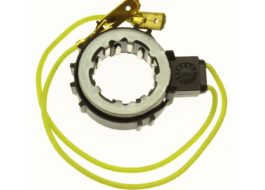


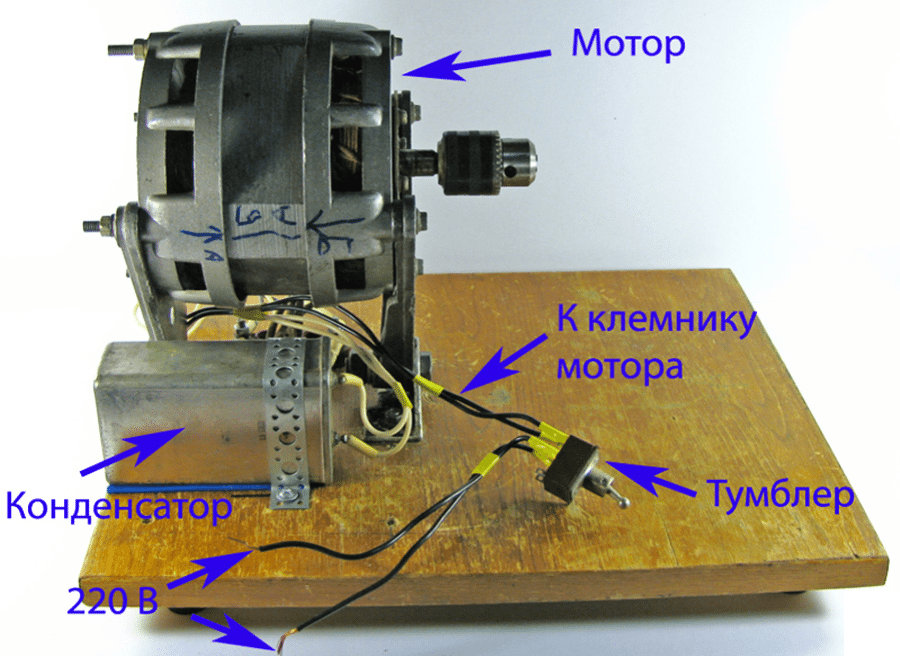










Add a comment